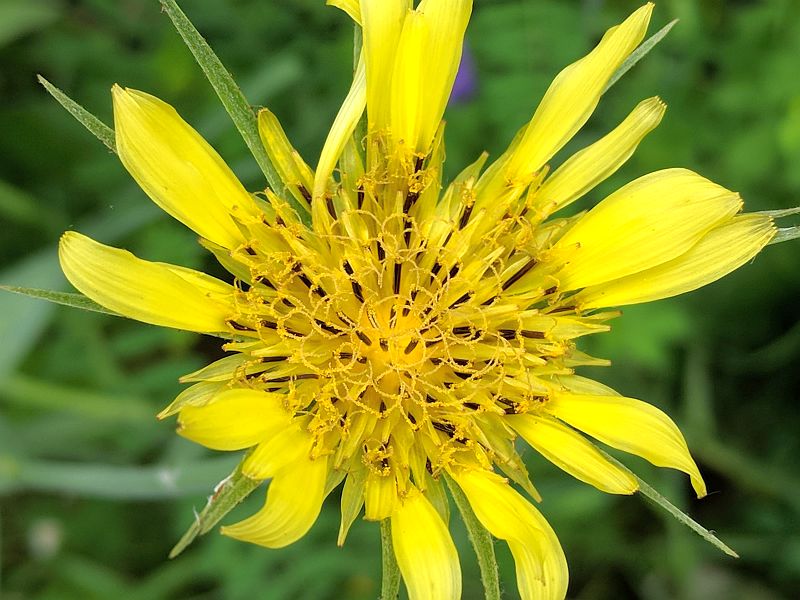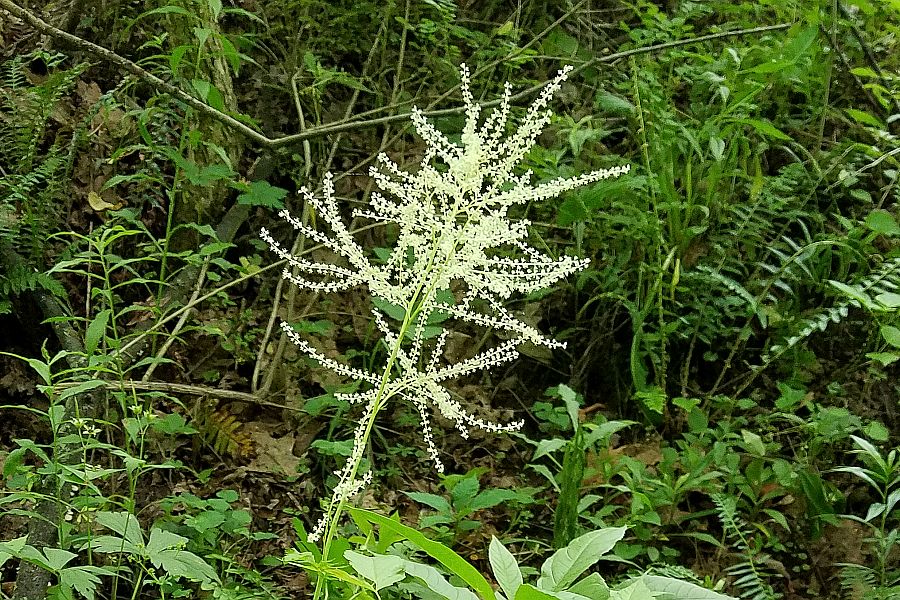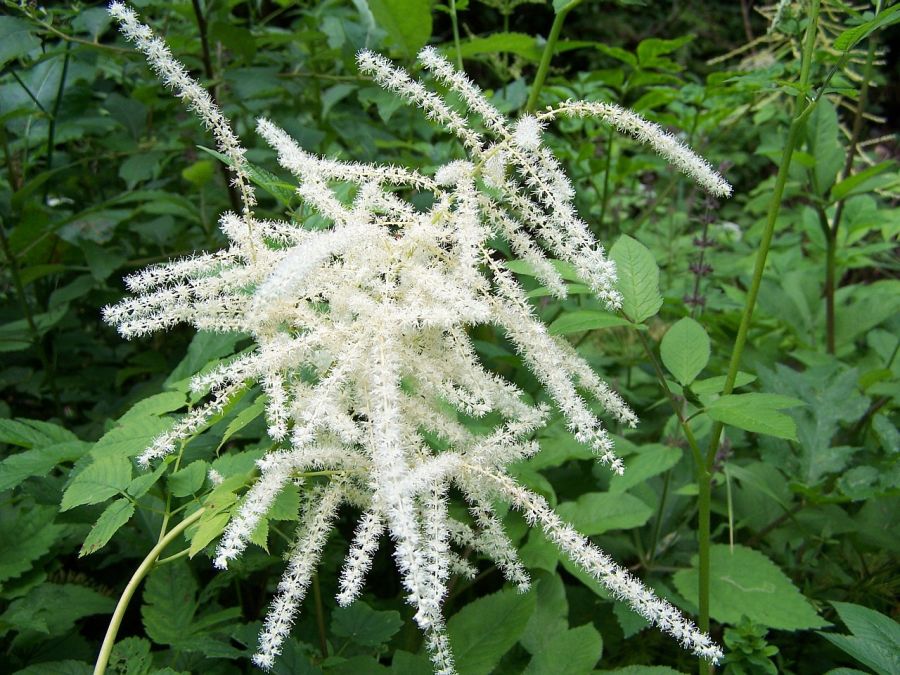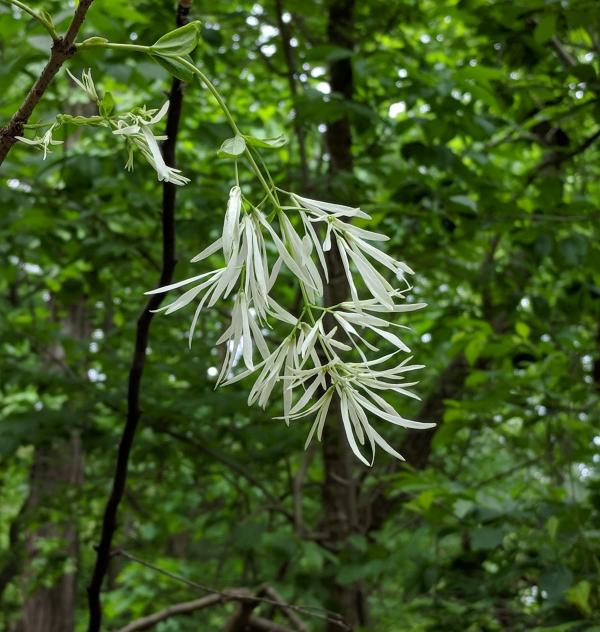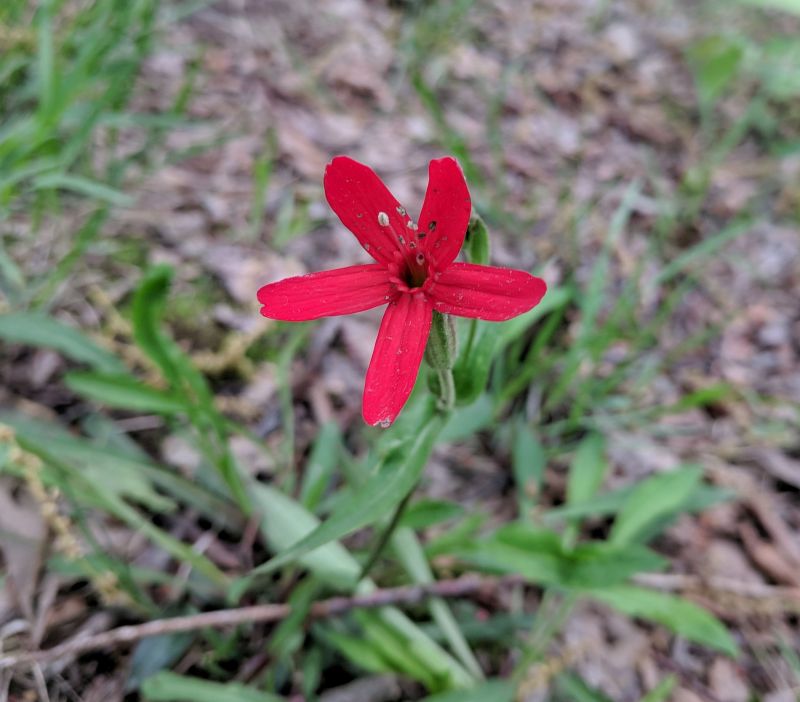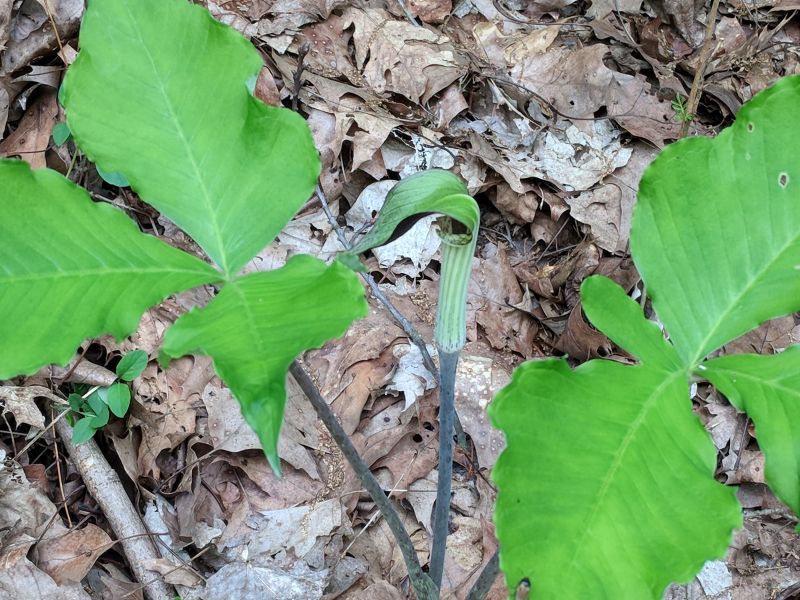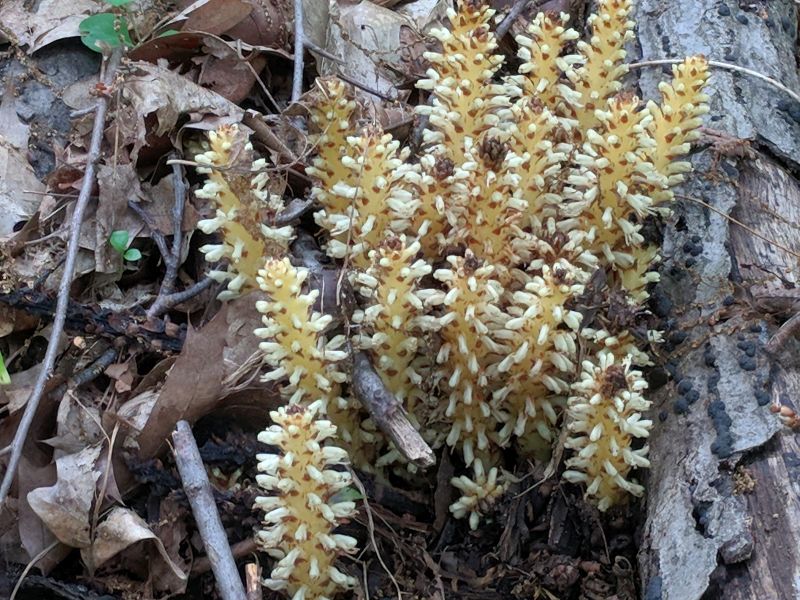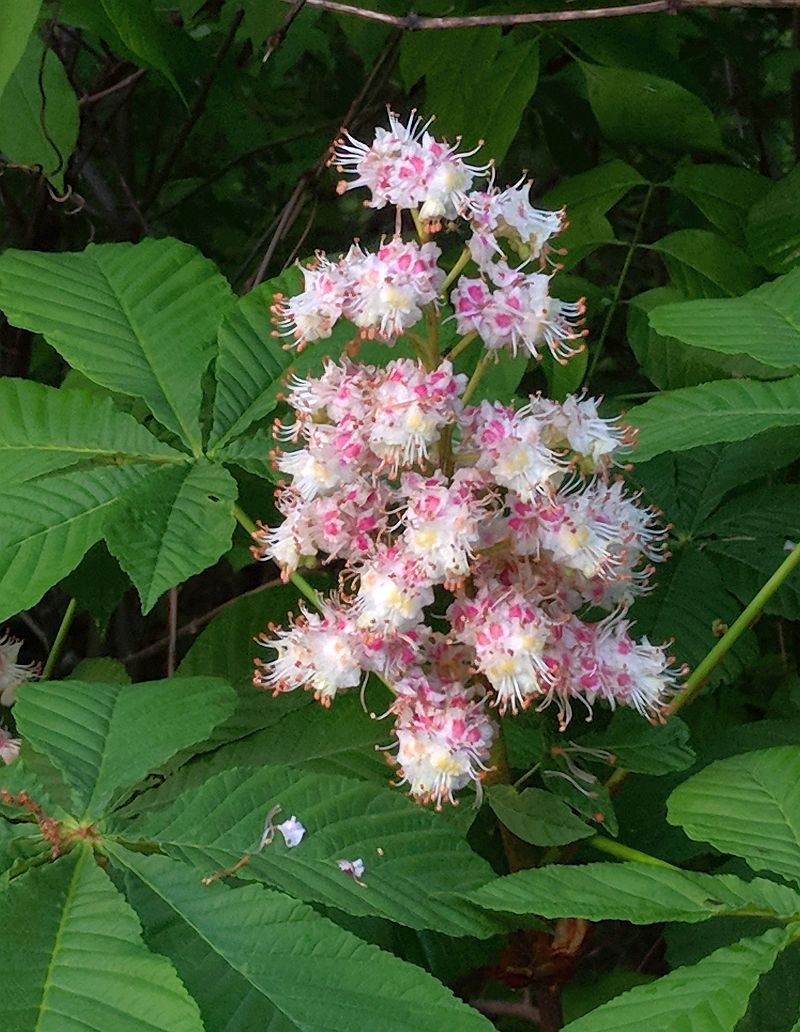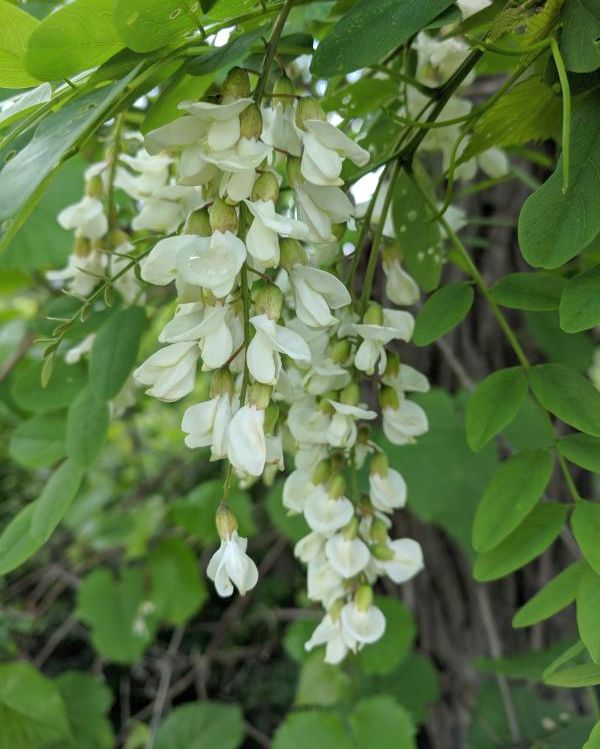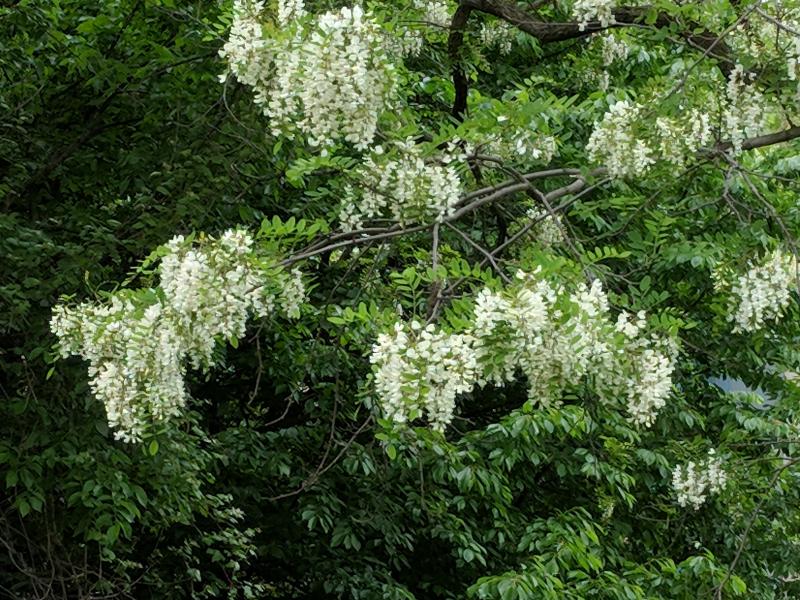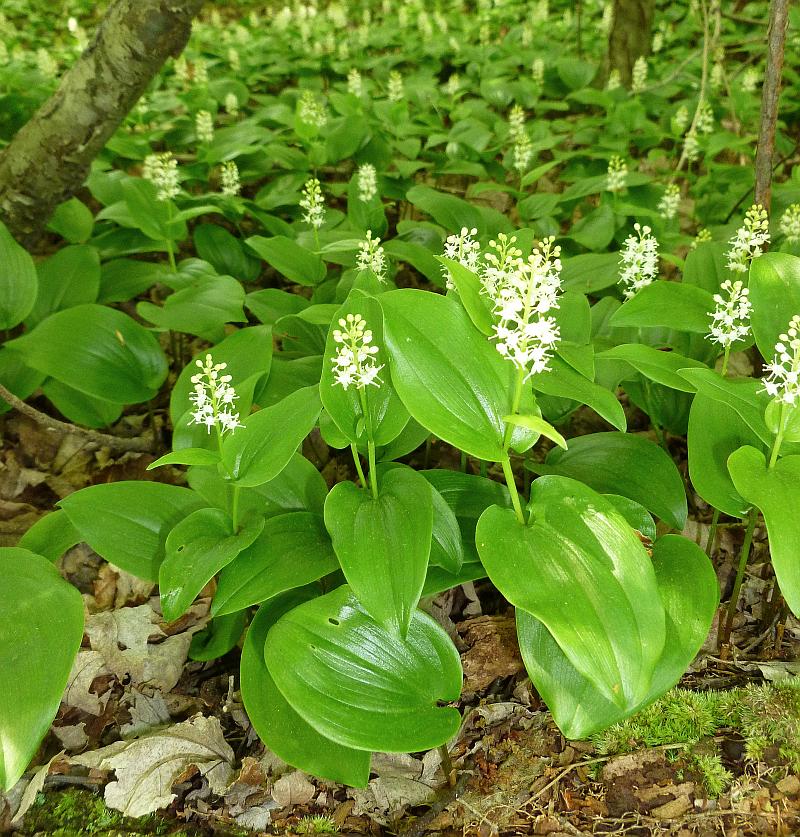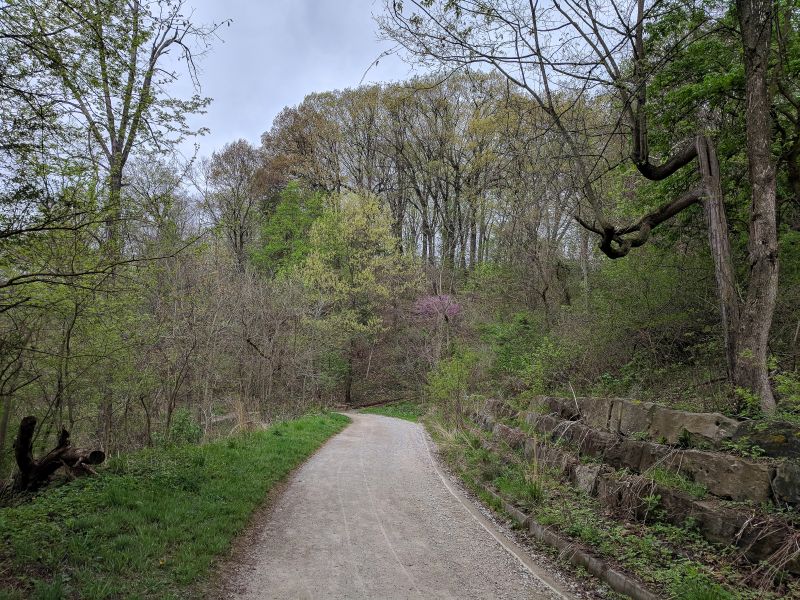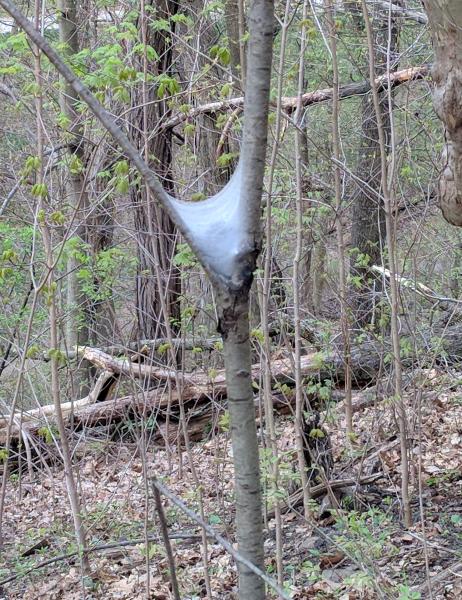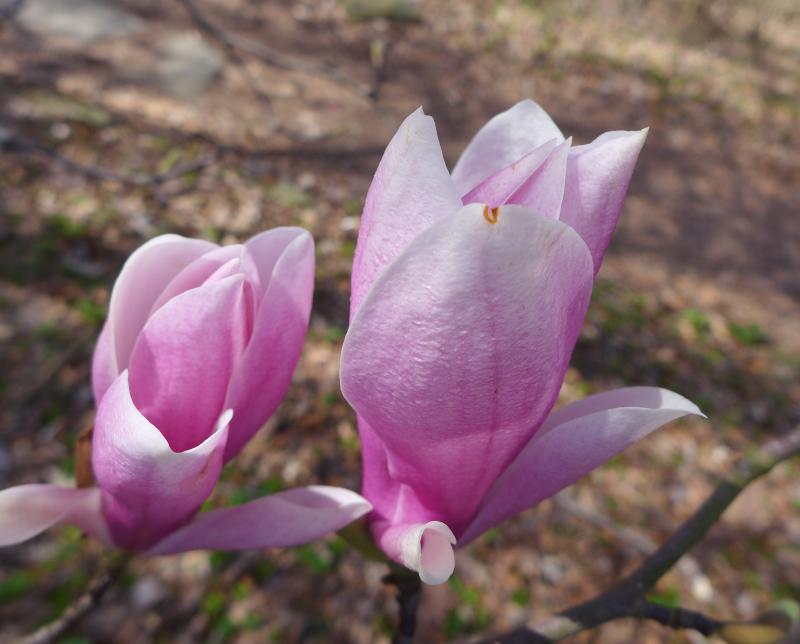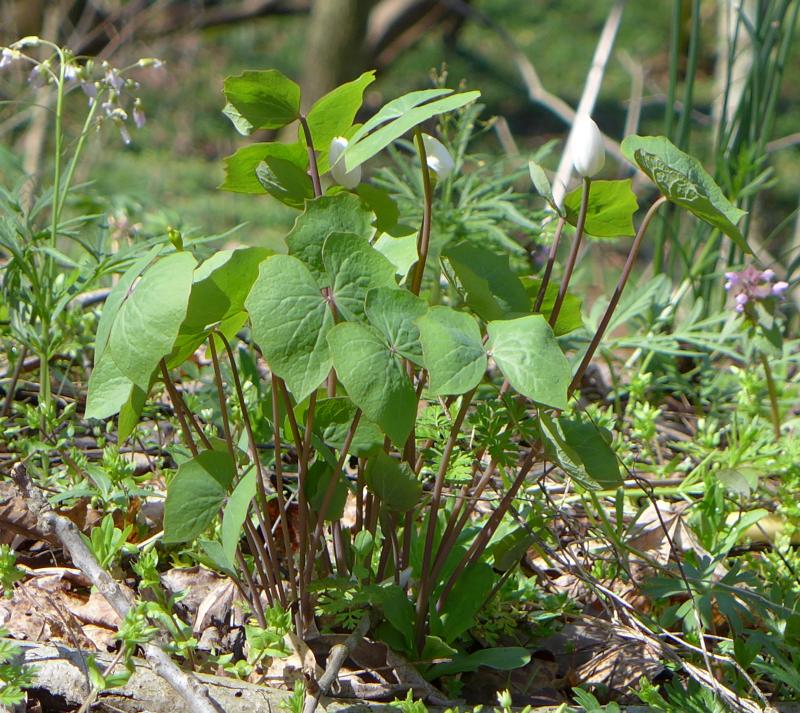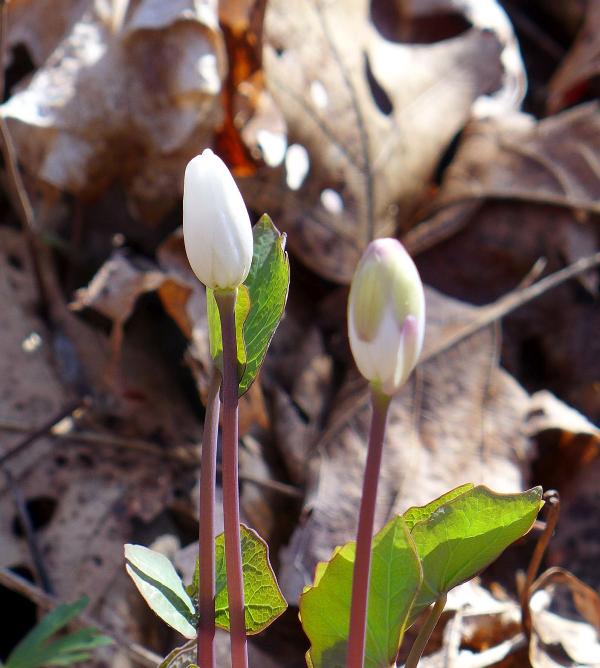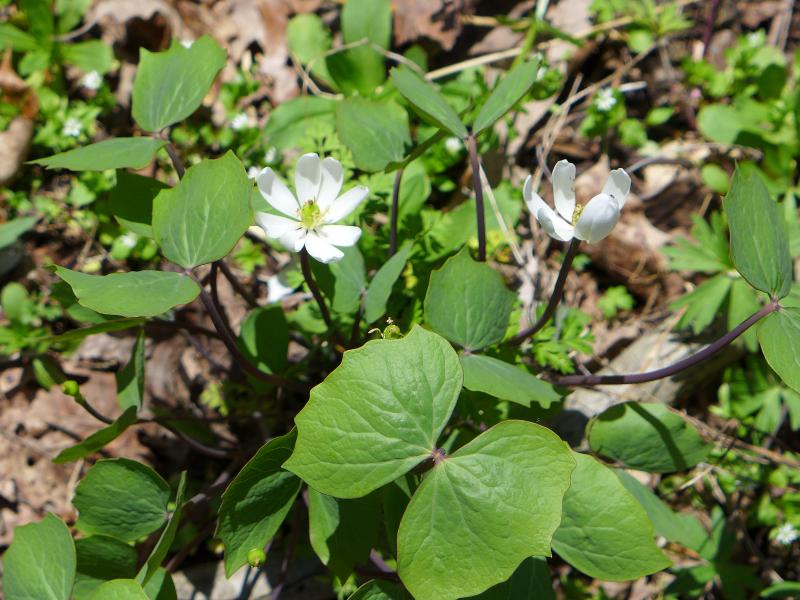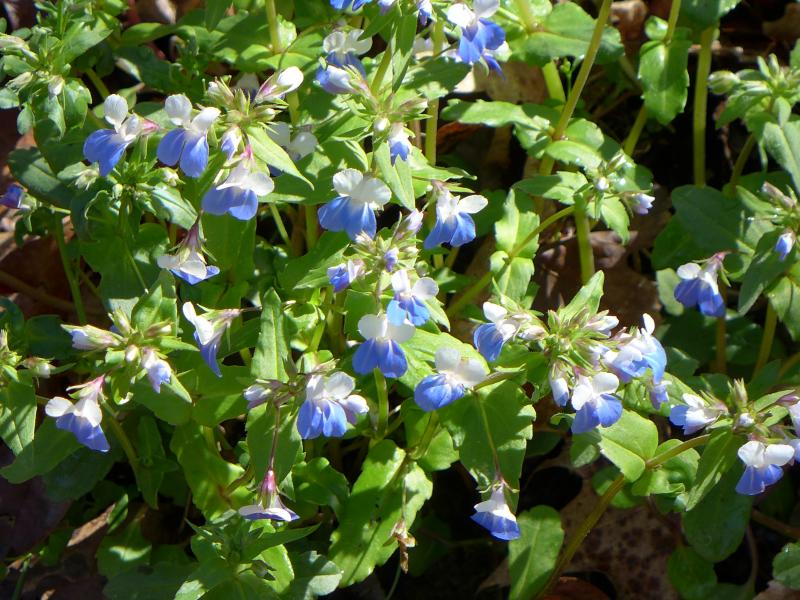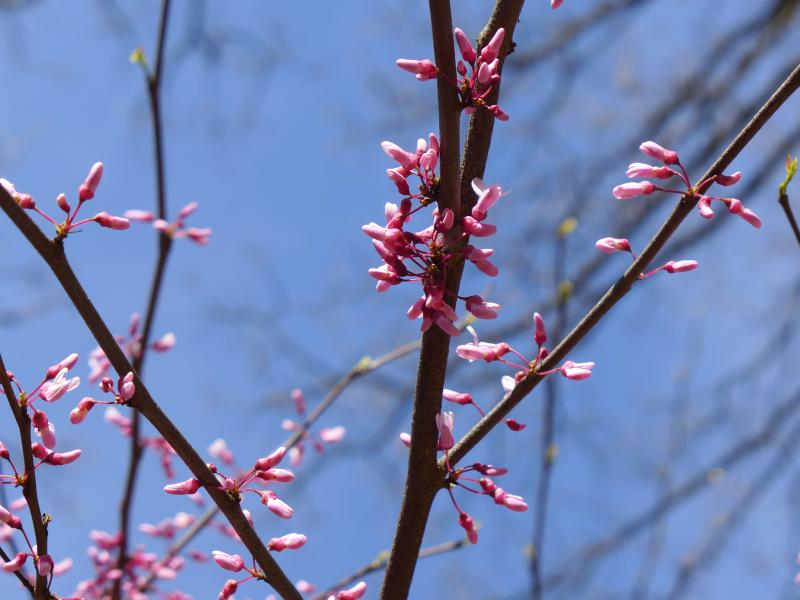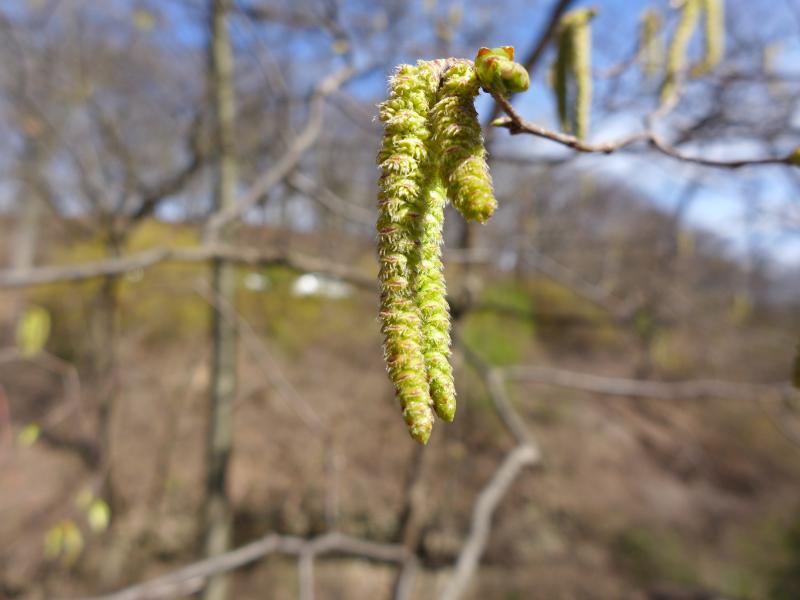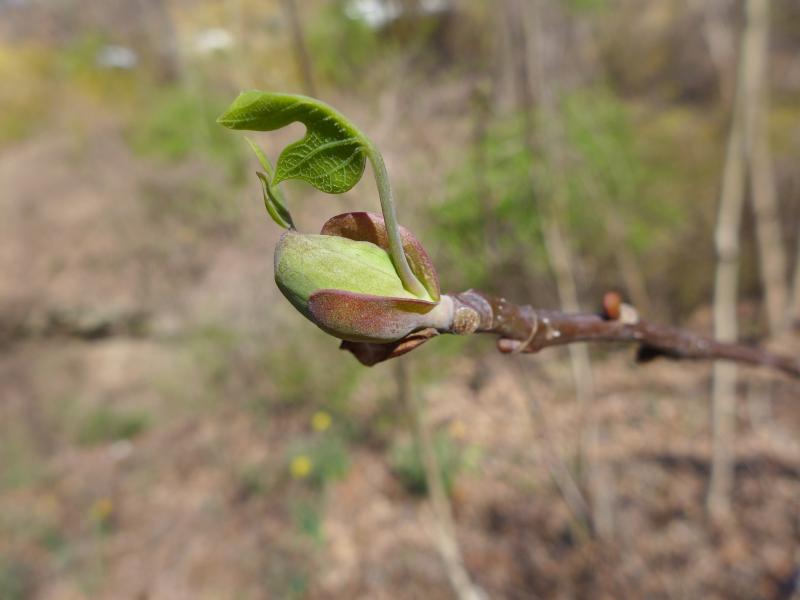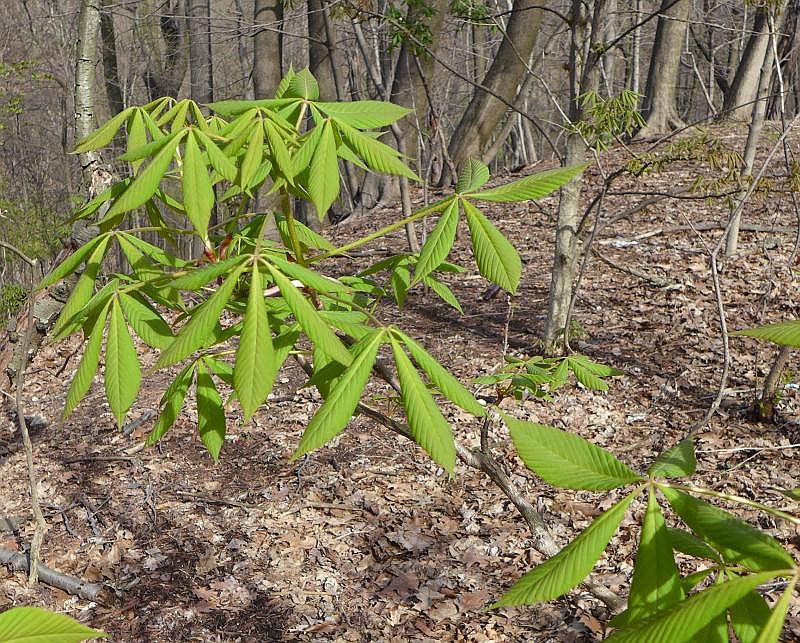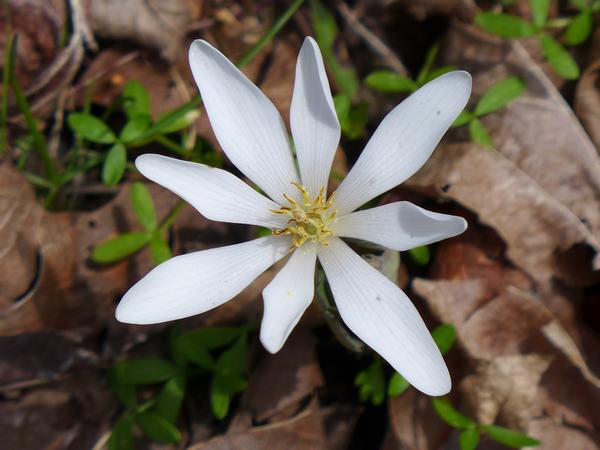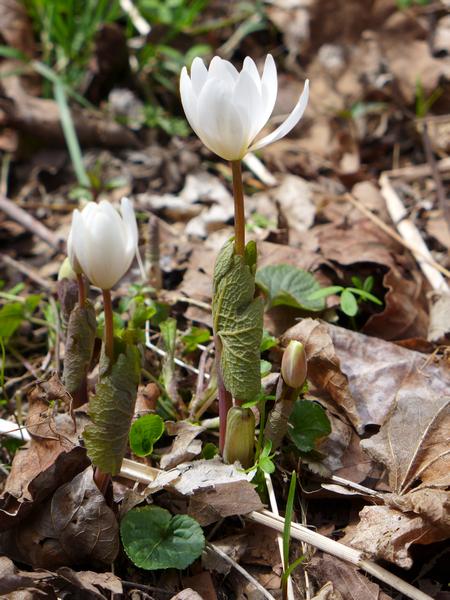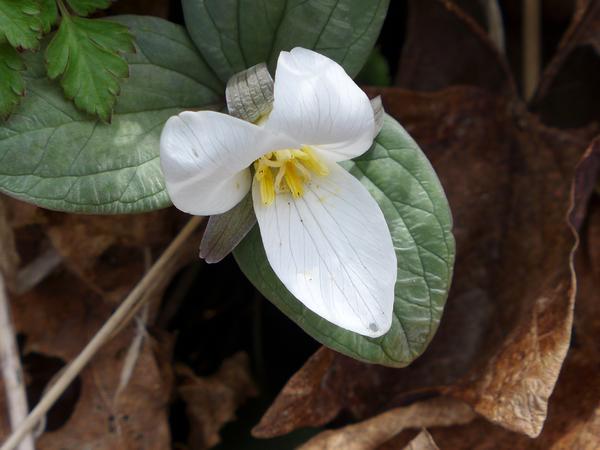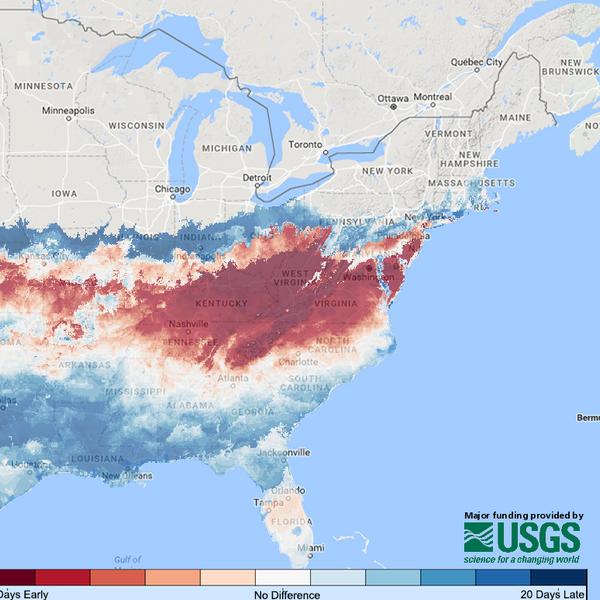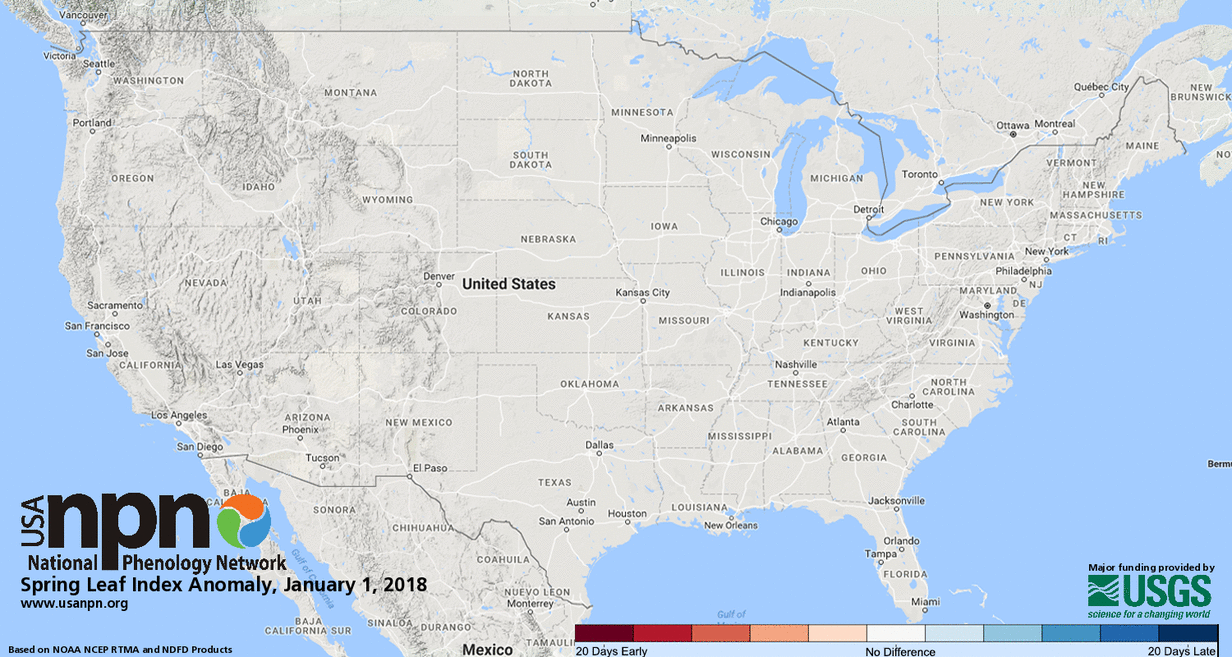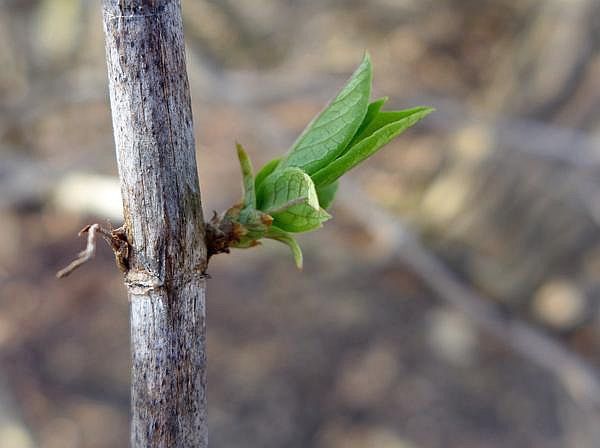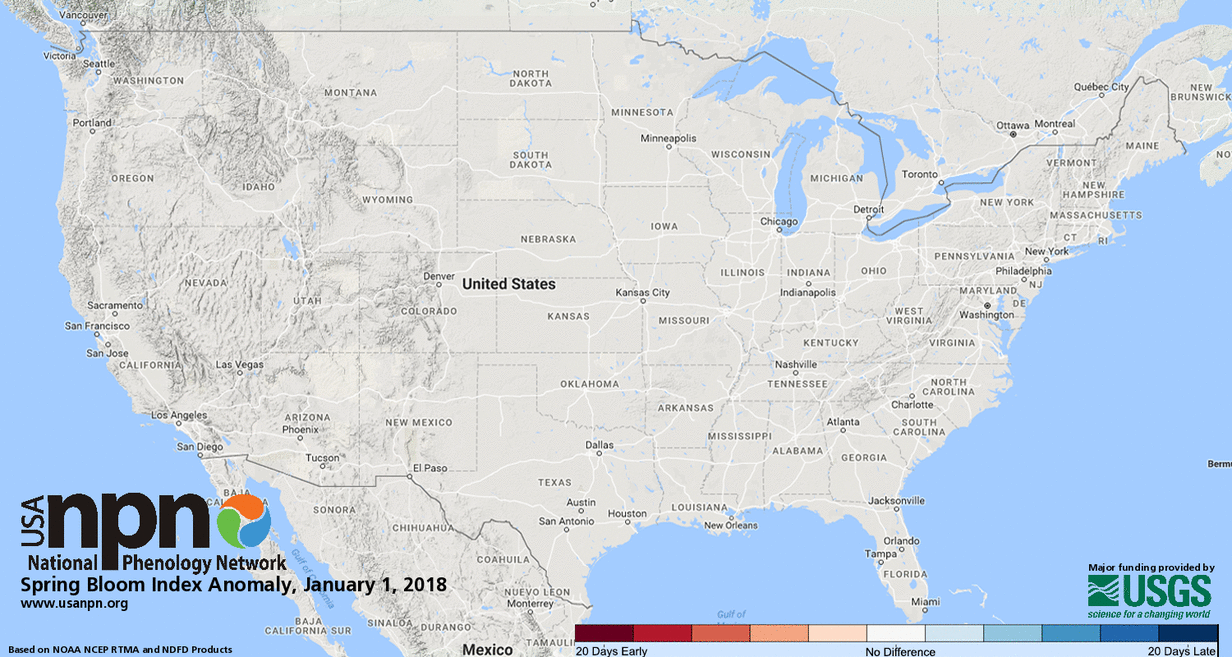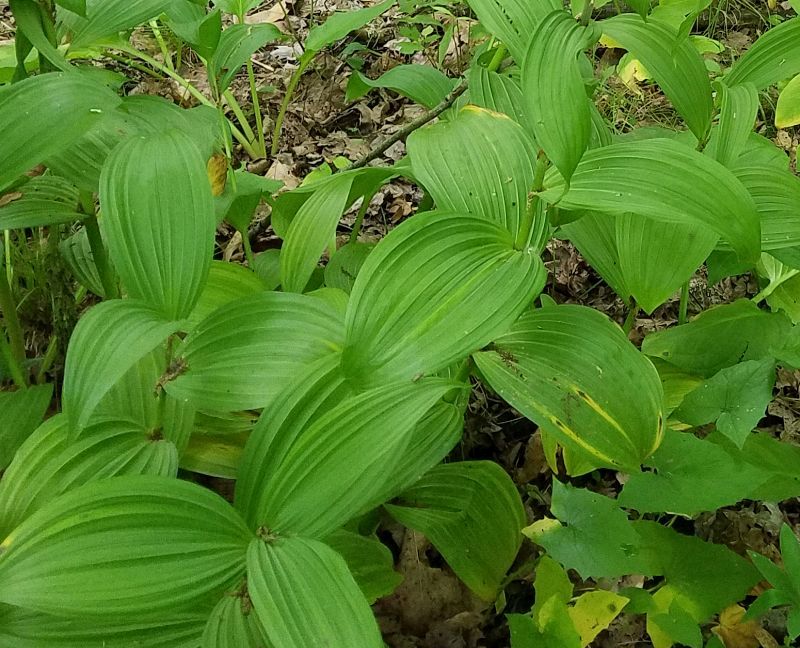
In the spring I often see large pleated leaves in the same damp places where skunk cabbage grows. For years I didn’t know what they were and I was lazy. I couldn’t see any flowers and I wouldn’t wade into the swamp to key it out with my Newcomb’s Guide.
This week Dianne Machesney put me straight. This is false hellebore (Veratrum viride).
False hellebore is blooming this month and now I know why I never saw the flowers from a distance. They’re completely green! Six hairy green tepals (petal-sepals) and six stamens with yellow anthers.
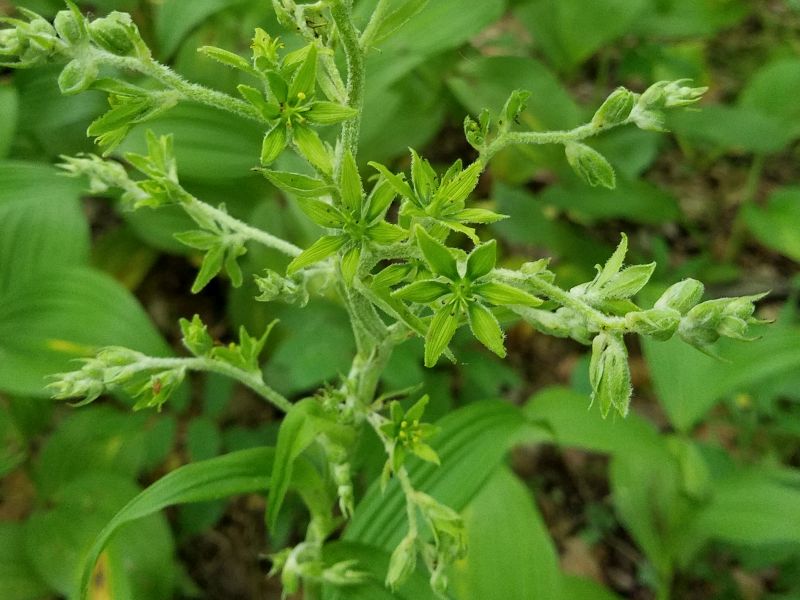
The leaves spiral up the stem. The entire plant, up to six feet tall, resembles hellebore so it’s called false hellebore.
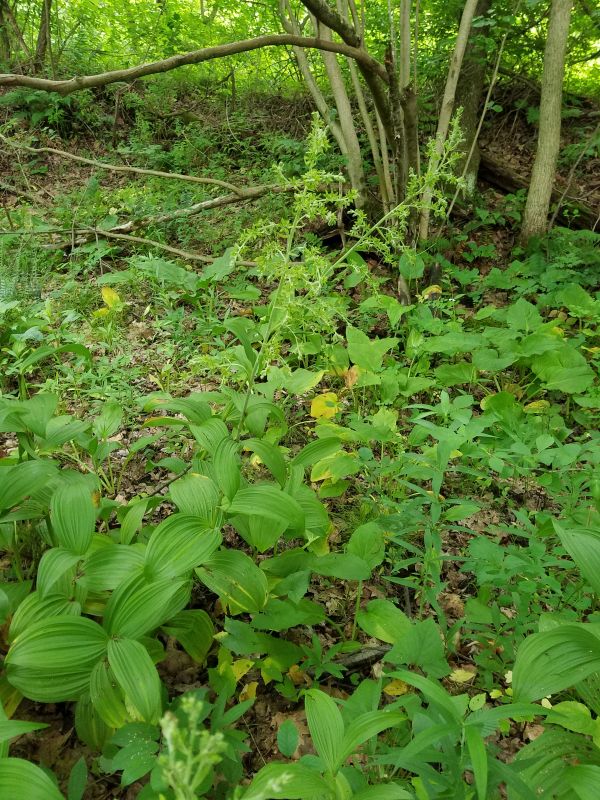
Like all plants in the Veratrum genus viride is highly poisonous. Deer leave it alone but cattle are sometimes fooled.
Amazingly, some Native American tribes used it as an initiation test. Like Arthur pulling the sword from the stone, candidates to be the next leader would ingest false hellebore. According to Wikipedia, the one to start vomiting last would become the new leader. (Ick!)
Look for false hellebore’s flowers from May to July. After it blooms, the leaves fade.
(photos by Dianne Machesney)
